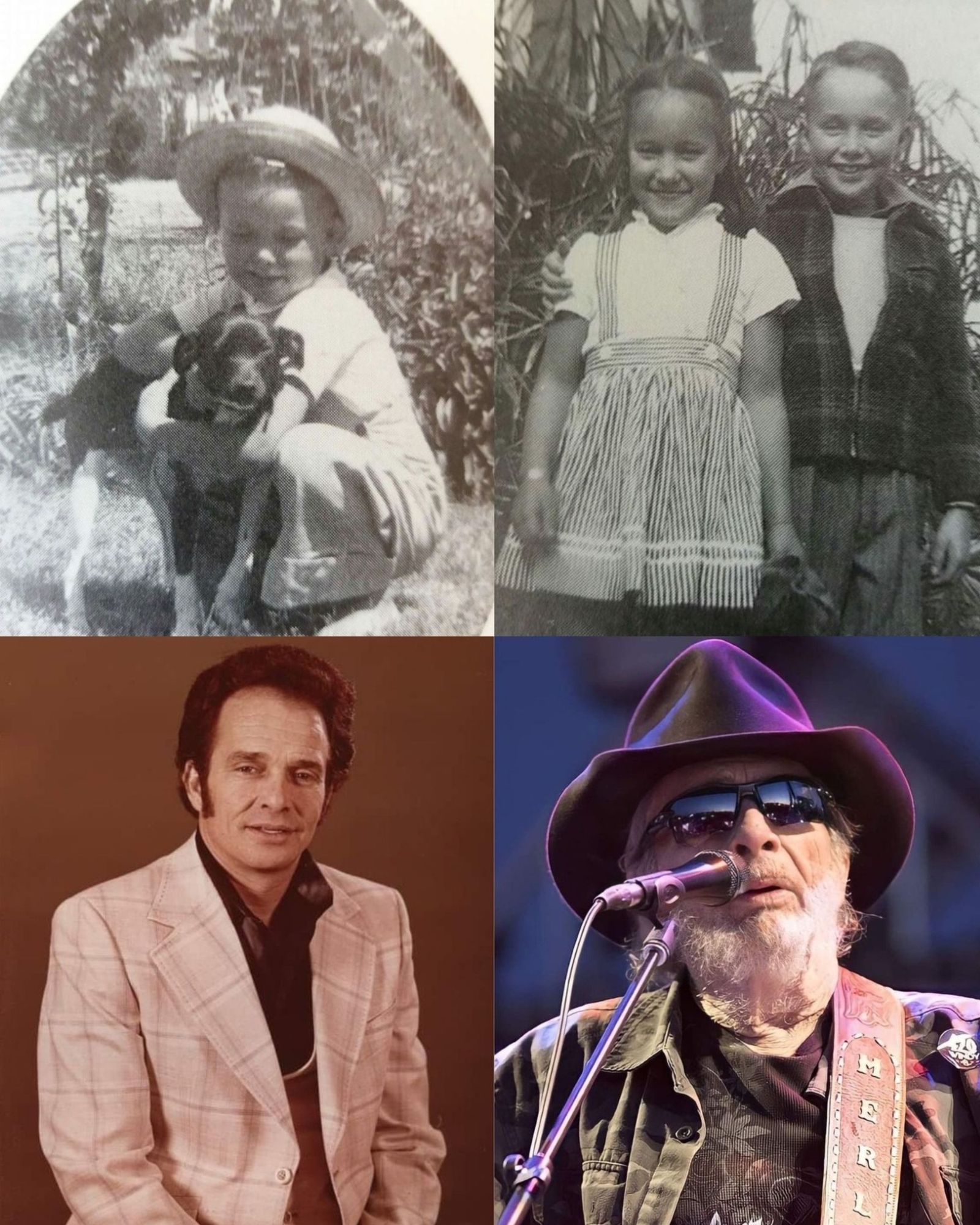
Merle Haggard – “Sing Me Back Home”
Introduction
Few songs cut as deeply as Merle Haggard’s “Sing Me Back Home.” Released in 1967, it wasn’t just another country ballad — it was Merle’s heart laid bare, shaped by the time he spent in prison and the haunting moments he witnessed behind those walls. Unlike many songs of its era, this was no borrowed tale. Merle had lived it. He had seen men take their final walk toward the execution chamber, and he knew the silence that followed.
A Final Request
The song tells the story of an inmate’s last wish: not a cigarette, not even a prayer, but a song — a melody to carry him home one final time. It is devastating yet deeply beautiful. When Merle sings, “Sing me back home before I die,” you can almost hear chapel doors creak open and feel the weight of mortality settling in. At its core, the song is about redemption, forgiveness, and the fragile comforts we cling to when time runs out.
Simple, Honest Music
Musically, the arrangement is restrained — soft guitar lines, mournful steel, and Merle’s voice front and center. That’s all it needs. His delivery is steady but tender, filled with empathy yet free of sentimentality. And maybe that’s why it resonates so powerfully: it doesn’t ask for pity, only understanding.
Impact and Legacy
“Sing Me Back Home” quickly became one of Haggard’s most beloved songs, topping the country charts and solidifying his reputation as one of the genre’s greatest storytellers. Beyond commercial success, it became almost hymn-like, covered by artists as varied as The Byrds, Joan Baez, and Don Williams. Each version carried the same truth — that music has the power to bring comfort, even in the shadow of death.
A Timeless Prayer
Decades later, the song still lingers in the hearts of listeners. It is a reminder of Merle’s gift — not just to entertain, but to humanize those forgotten by society and to shine light on places many would rather ignore. In doing so, he created more than a prison ballad. He wrote one of country music’s most enduring prayers.